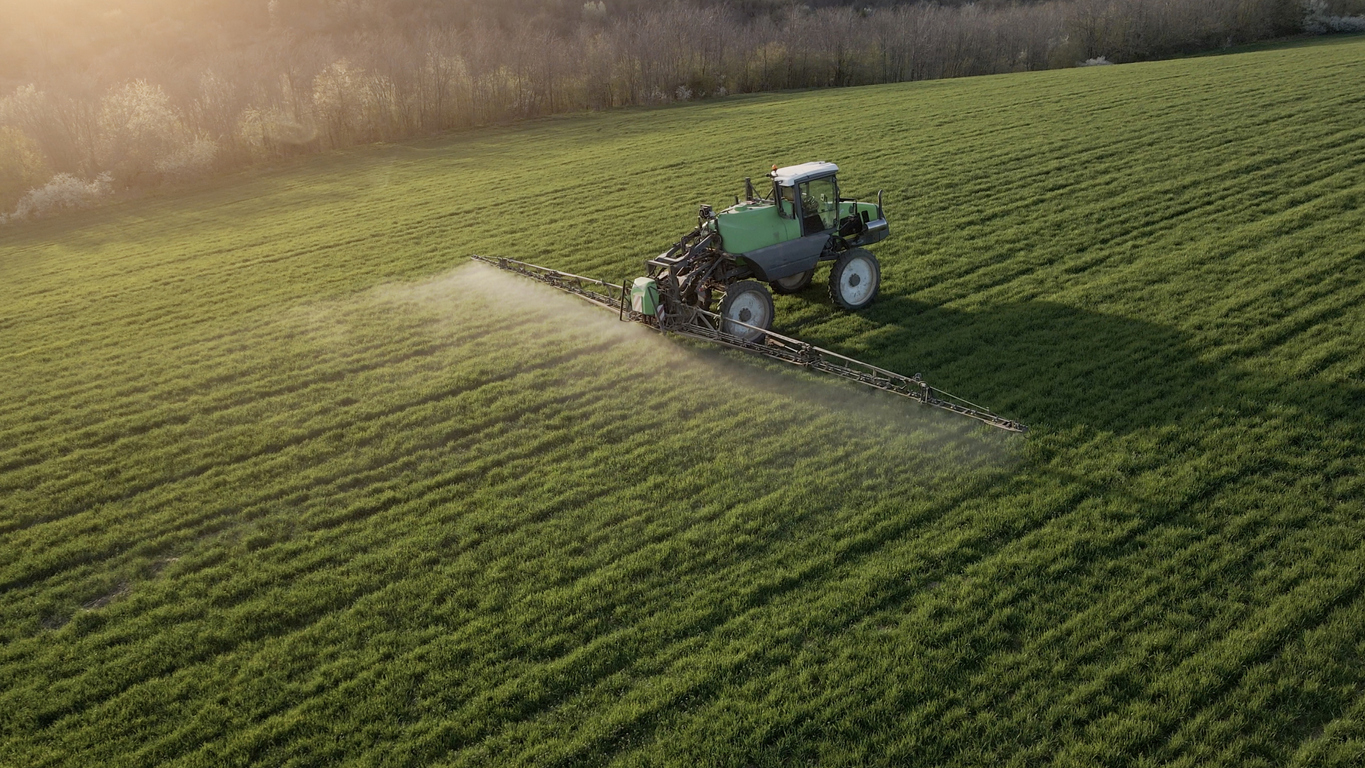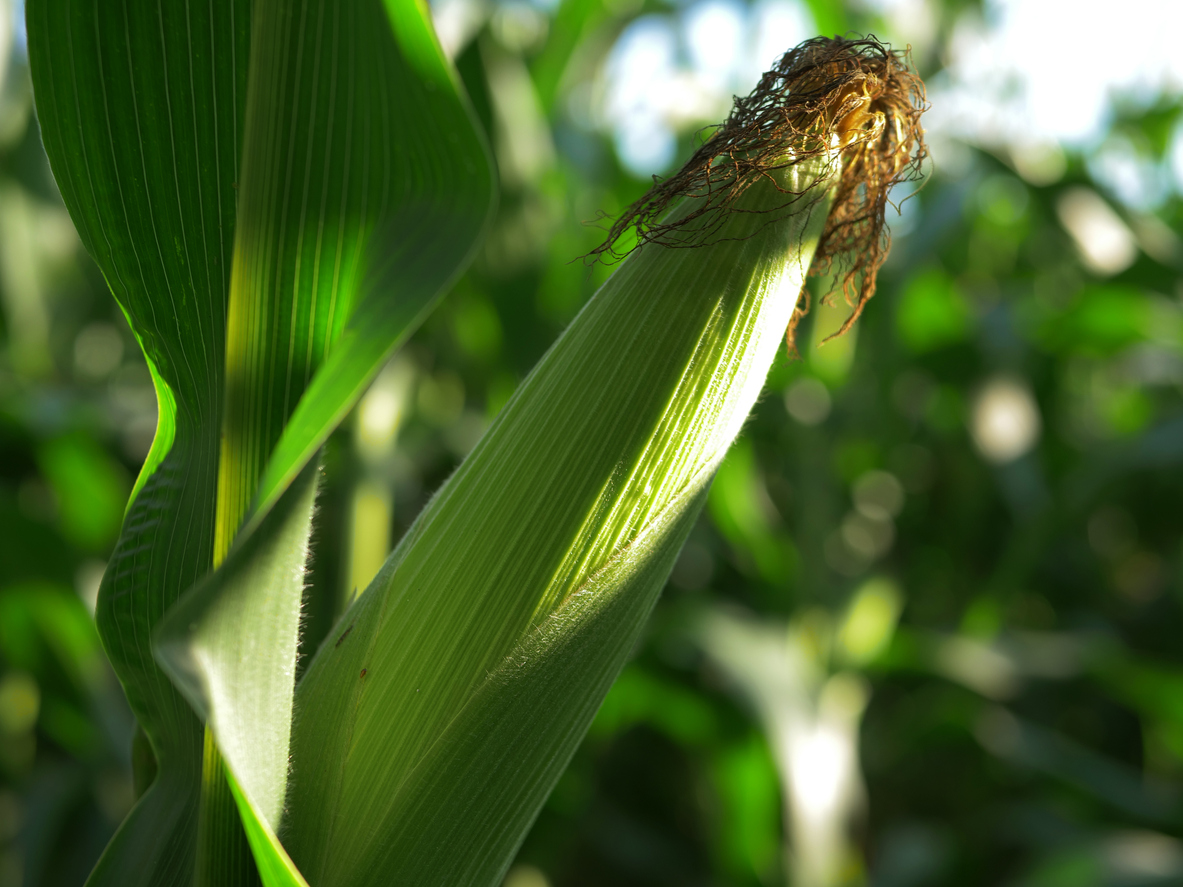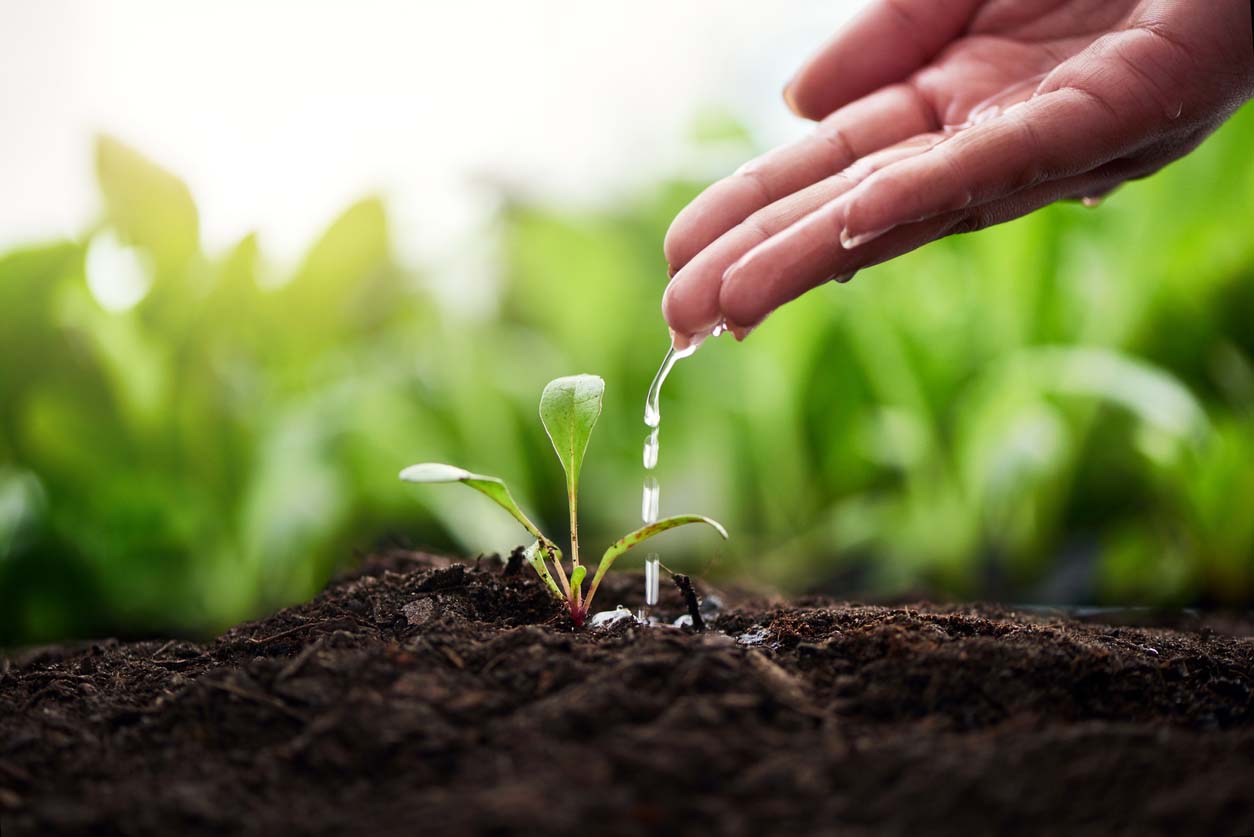Food Nutrient Density

The Christmas and New Year holidays means parties with lots of food. Have you ever been to a party and you just cannot stop eating even though you are full (stuffed is more like it)? Why do we keep eating? It may be because our bodies are looking for certain foods with essential nutrients that are lacking in our diet. That “hidden hunger” often makes us over eat even though we do not need the extra calories. Pregnant women have urges for different foods to fulfill their bodies demand for essential nutrients needed to produce a healthy baby. In third world counties, some women consume soil (clay) to get iron or other micronutrients missing in their diet. Either their food diet is low in some essential nutrient (low nutrient density) or they just do not have access to foods that have the right essential elements. Several decade long studies indicate that the nutrient density of the food we eat today is declining. A key finding is that you would have to eat 2X as much meat, 3X more fruit,...










